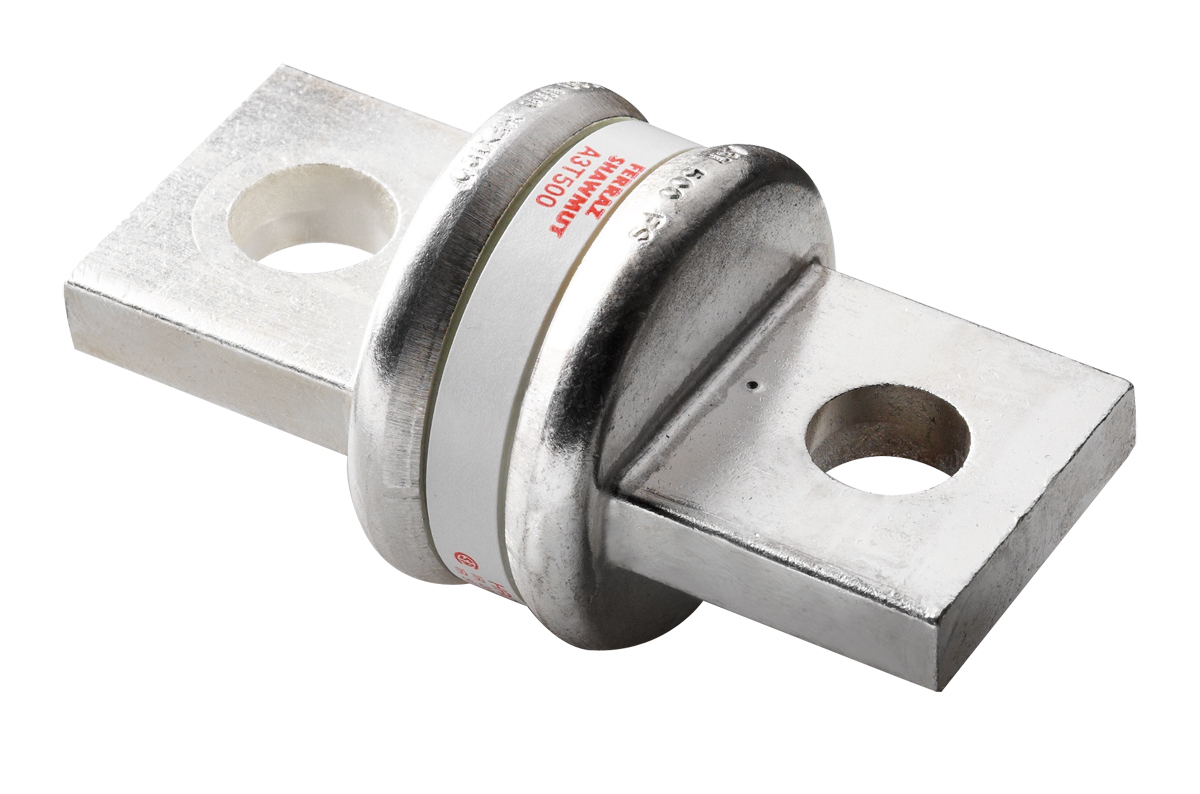Why Choose Us?
- Top Brands You Trust: We stock products from leading marine manufacturers.
- Affordable Prices: Competitive pricing without compromising on quality.
- Expert Advice: Our knowledgeable team is here to help you find exactly what you need.
- Fast Shipping: Reliable delivery to get your gear to you quickly.
Special Offers Just for You!
For further inquiries :



Reviews
Clear filtersThere are no reviews yet.